IrelandMap
May The reader probably thinks that Ireland is nothing but clovers, terrorists and Guinness. 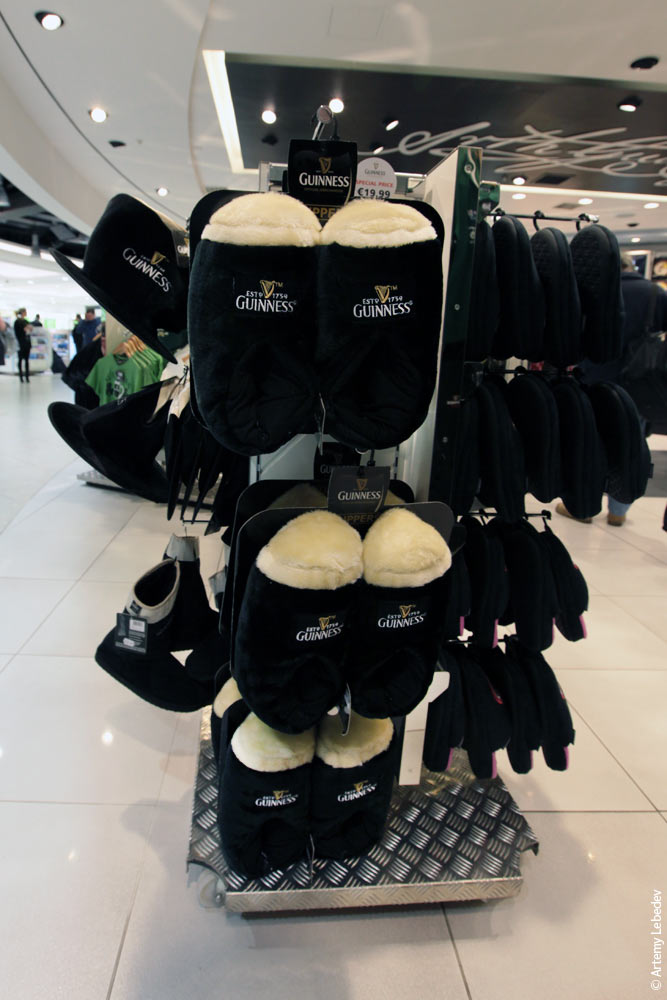 The reader also thinks that all the signs in Ireland are written in insular majuscules. 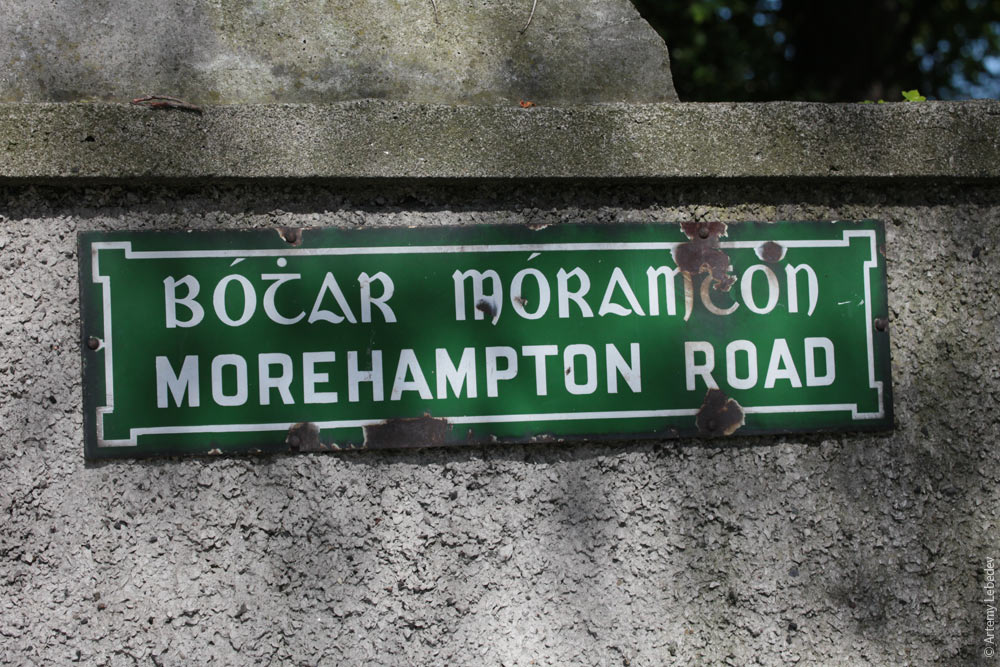 But in reality, every wall of every building in Ireland is covered with an unbelievable amount of horns, howlers, hooters, sirens, bells and whistles. They’re all connected to security and fire alarms, which are fairly loud when they go off. 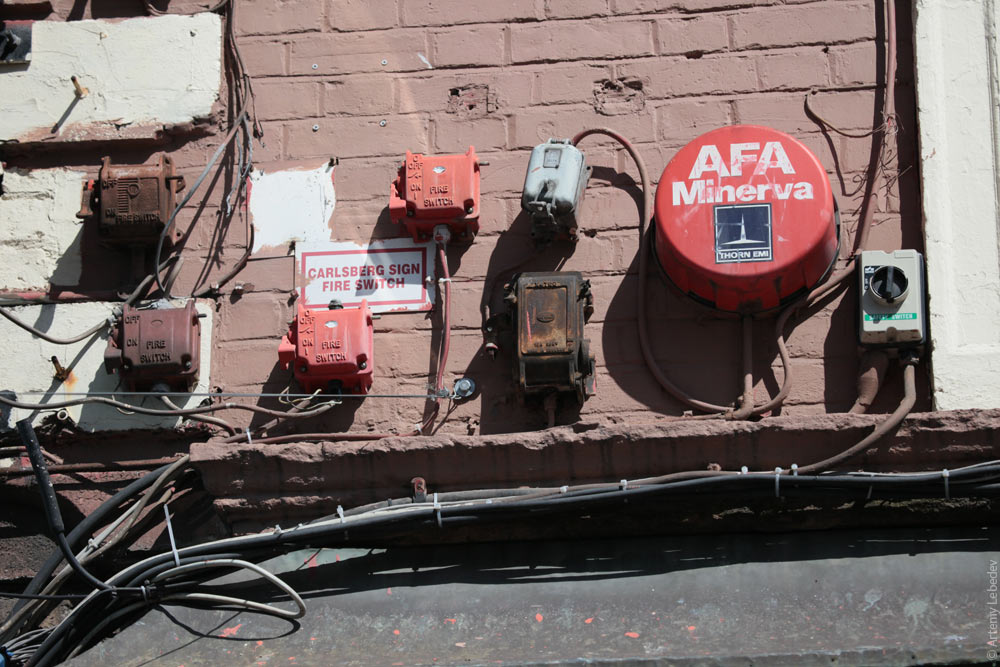 There’s also a multitude of green post boxes here. Tall and oval ones in large cities: 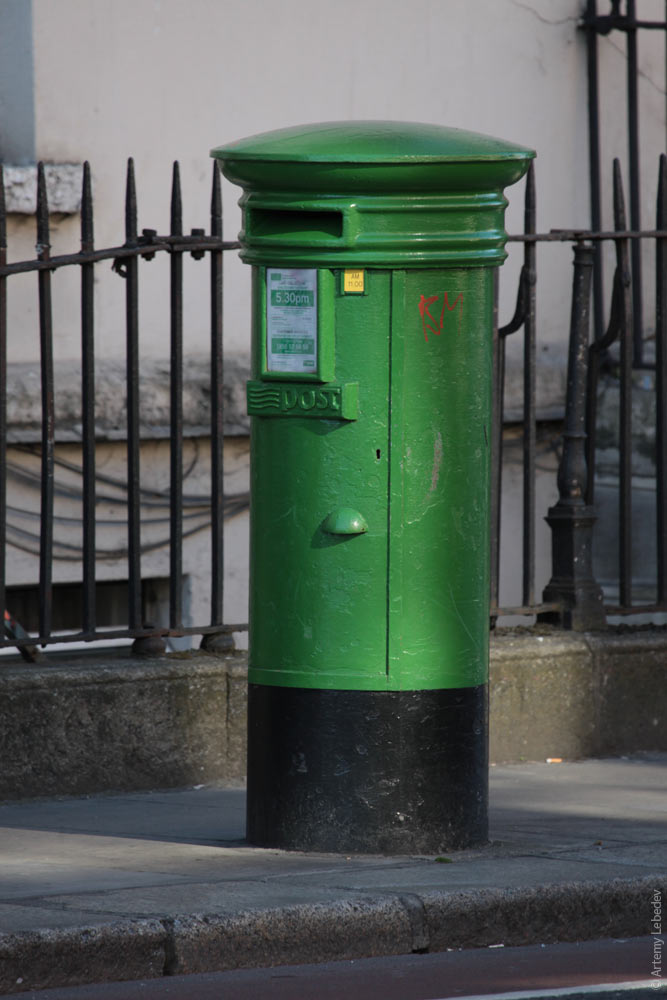 Compact and rectangular ones in rural areas and smaller towns: 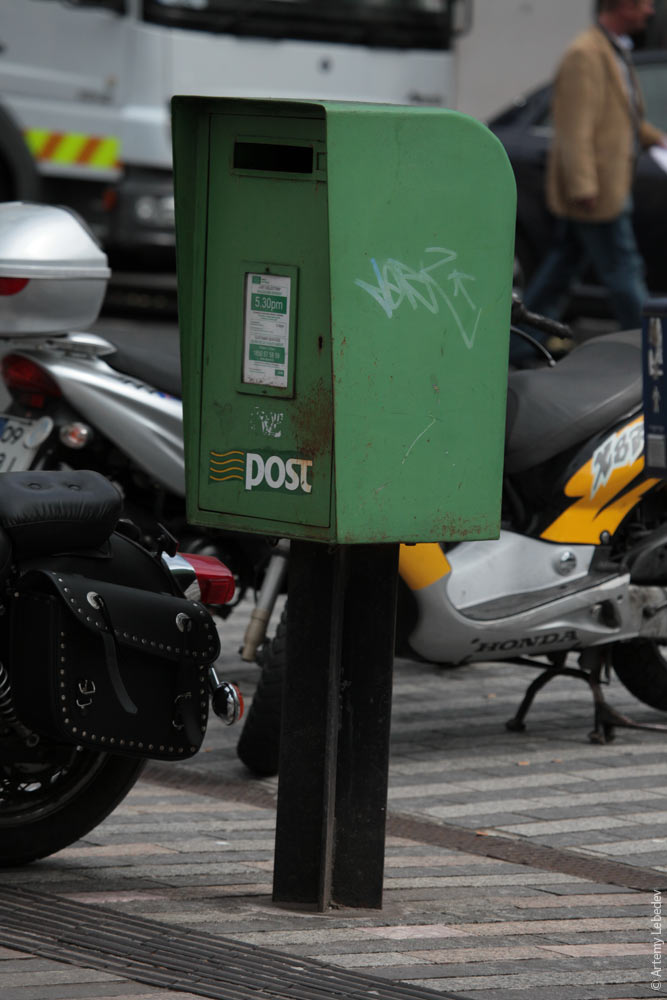 And then there’s the occasional curious hybrid model with a backpack. 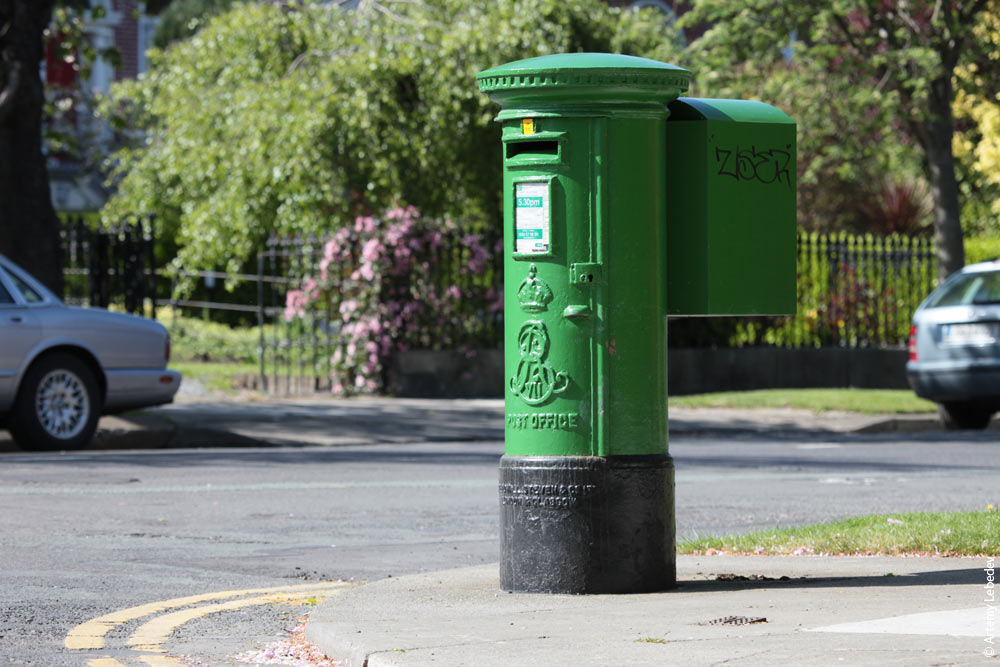 Also, all the cars have National Car Test discs as well as insurance and vehicle tax discs displayed on the windshield. 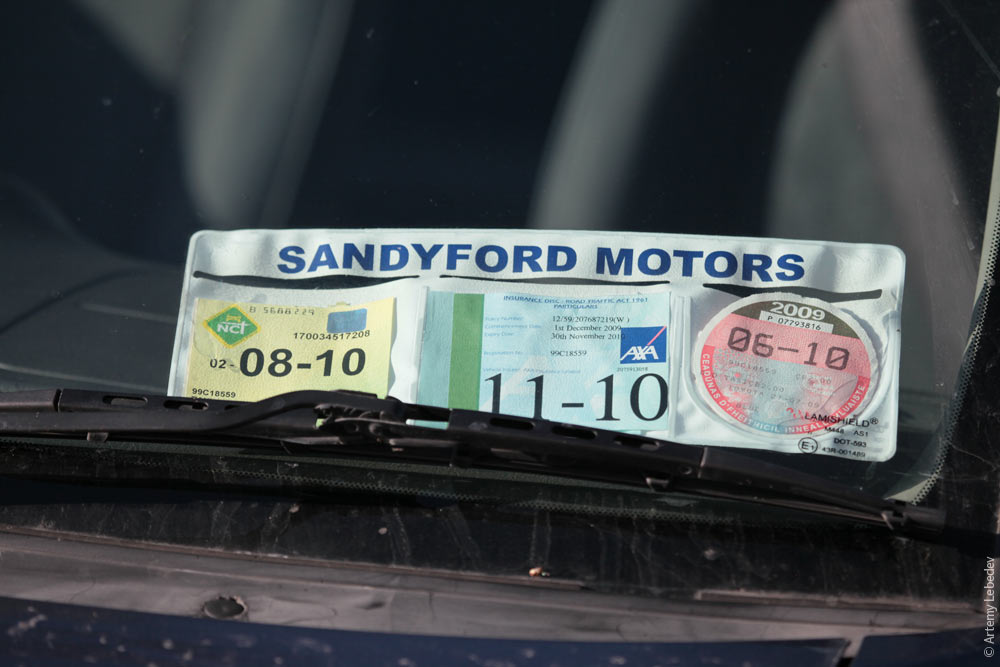 Irish restaurant owners are the most vain in the word. Every restaurant has a display of certificates, diplomas, stickers, award plaques from various magazines, restaurant guides and other reviewers. 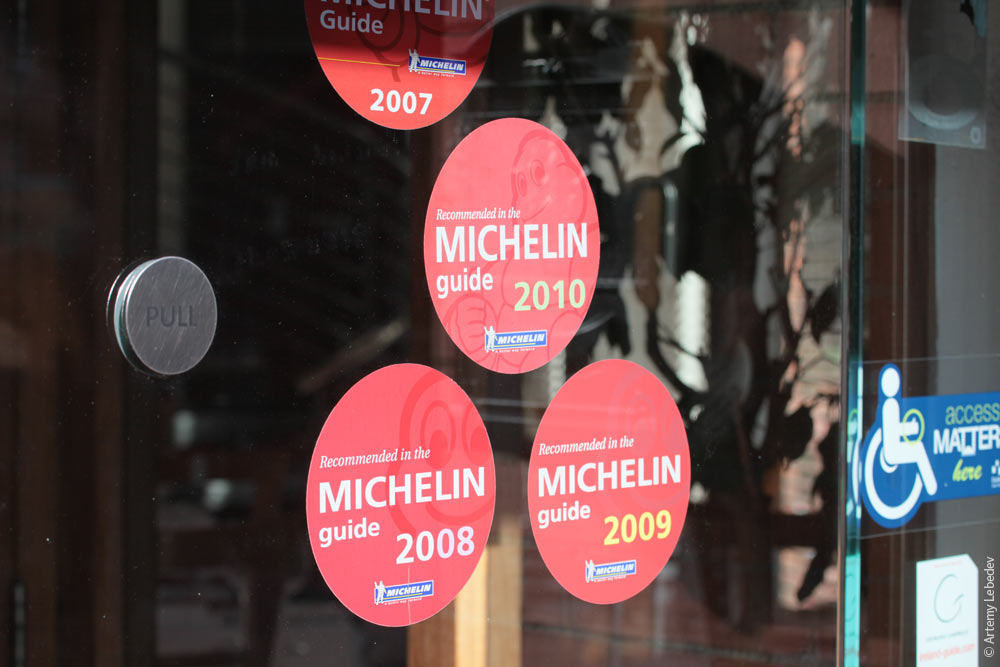 There’s a big plastic ice cream replica in front of every second-rate cafe. 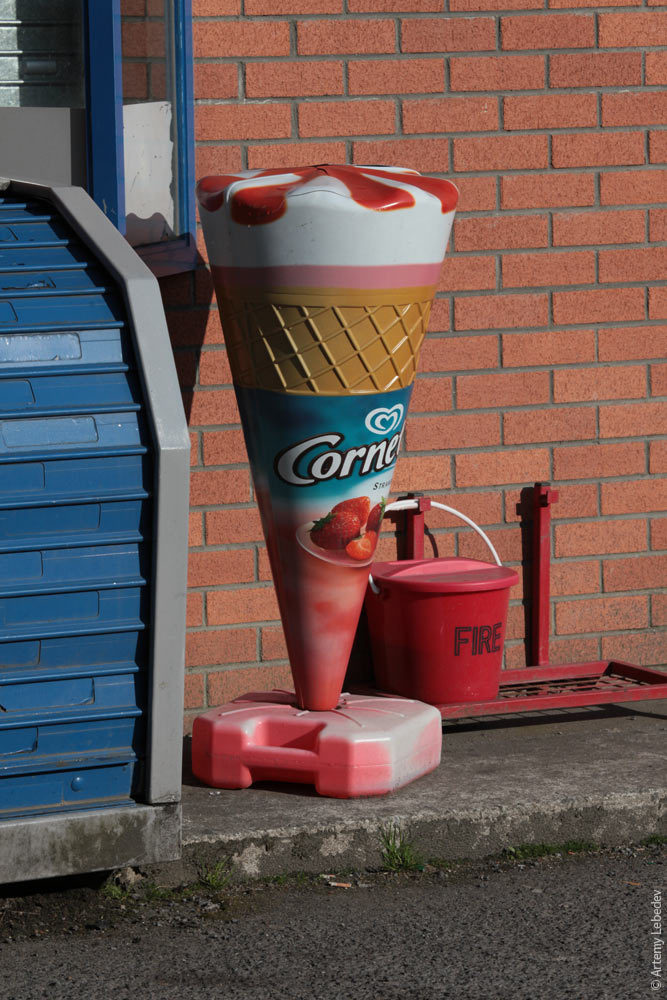 Some manhole covers have the craziest shapes. 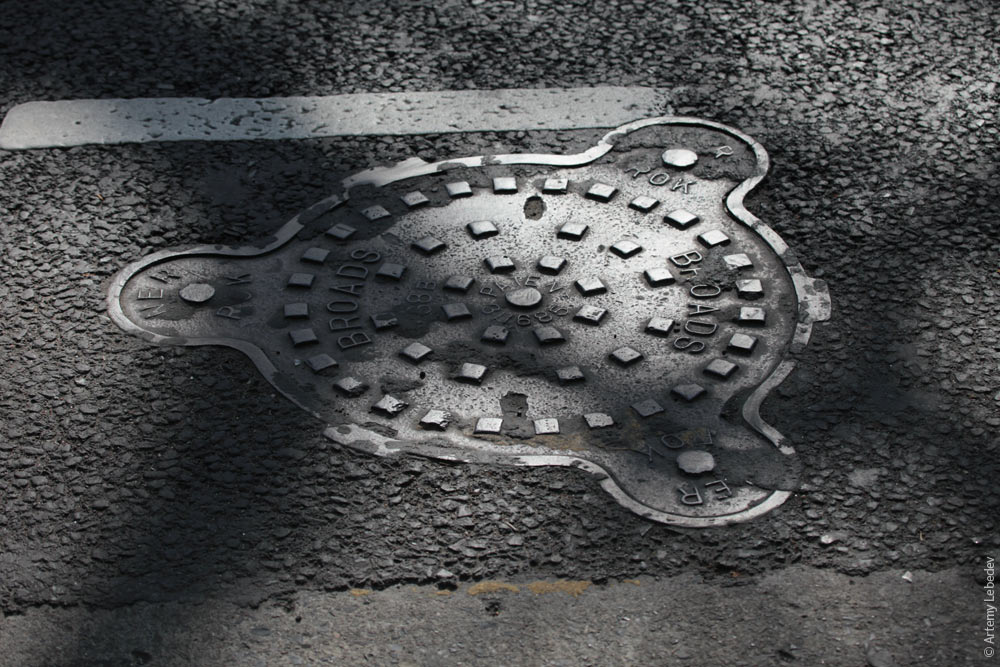 There are chimney pipes sticking out of every house. Like, a whole bunch of them. Each one is connected to a separate fireplace. 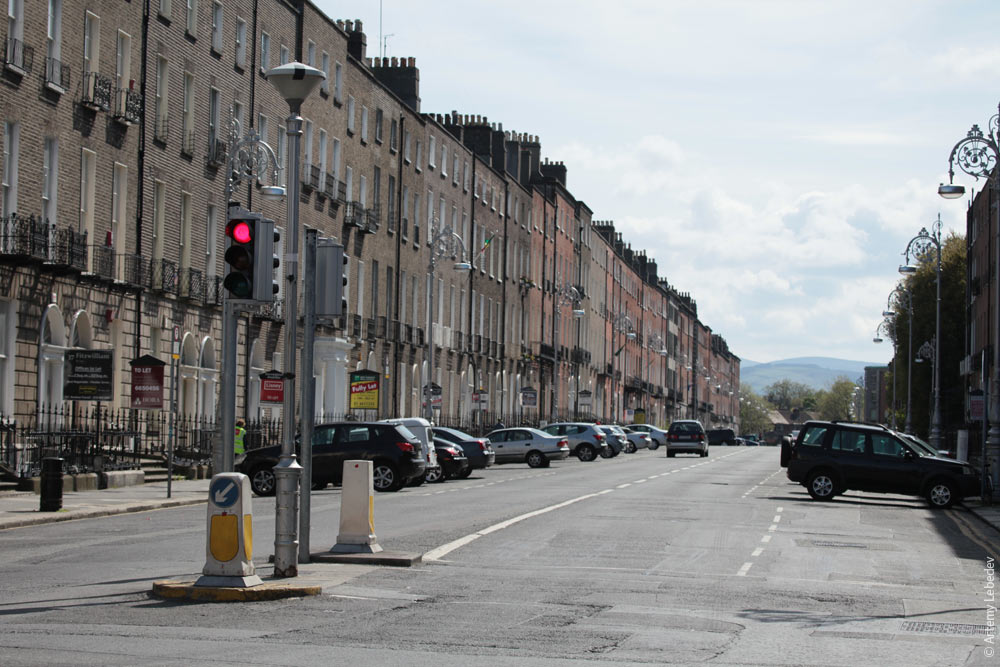 The people on the signs look sort of strange. Here’s a digger. 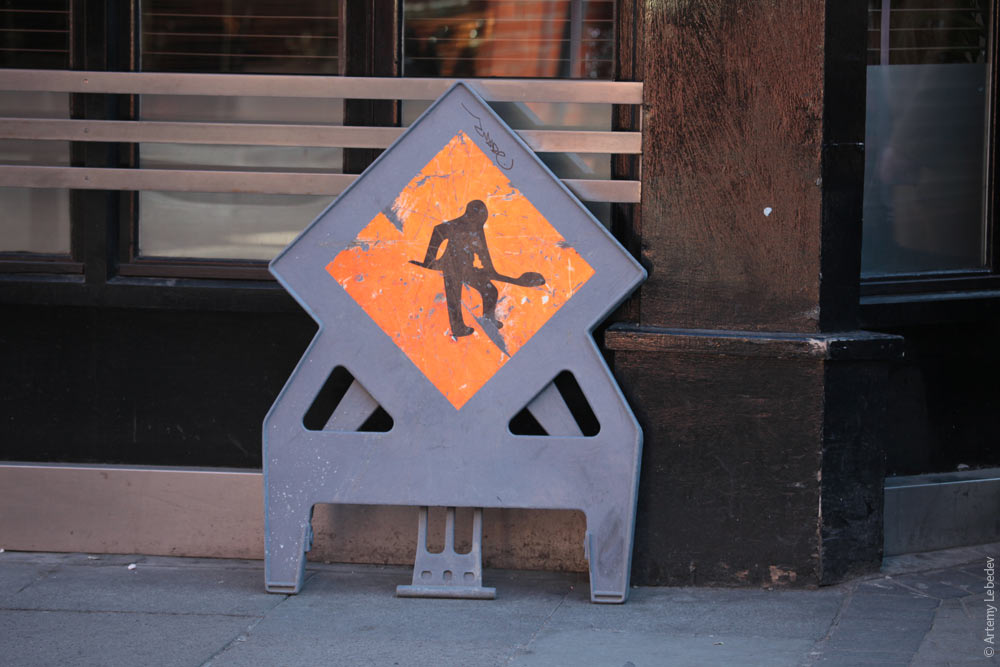 And here are schoolchildren.  By the way, all schoolchildren in Ireland wear uniforms. 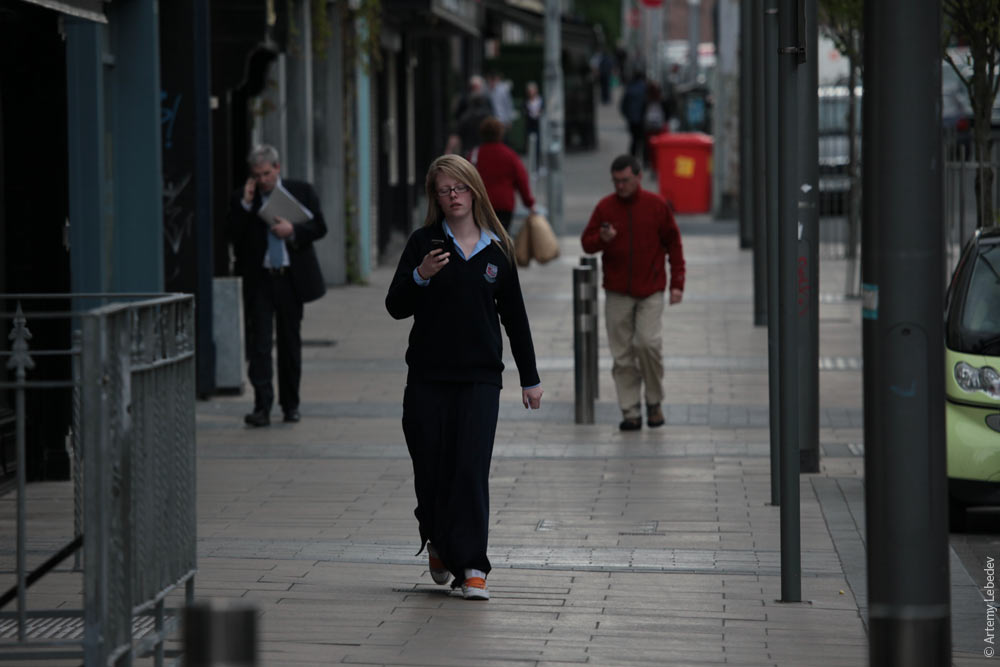 There are no police here—instead, there’s the Garda. They’re like kind and caring cops, guardians of the peace. 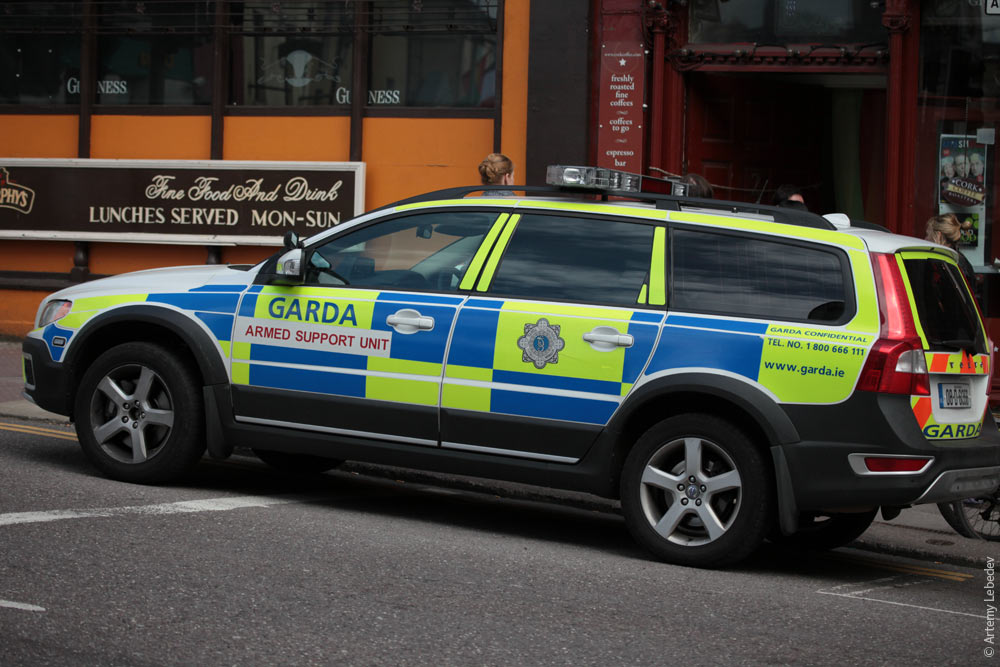 An Irish license plate.  An Irish phone booth. 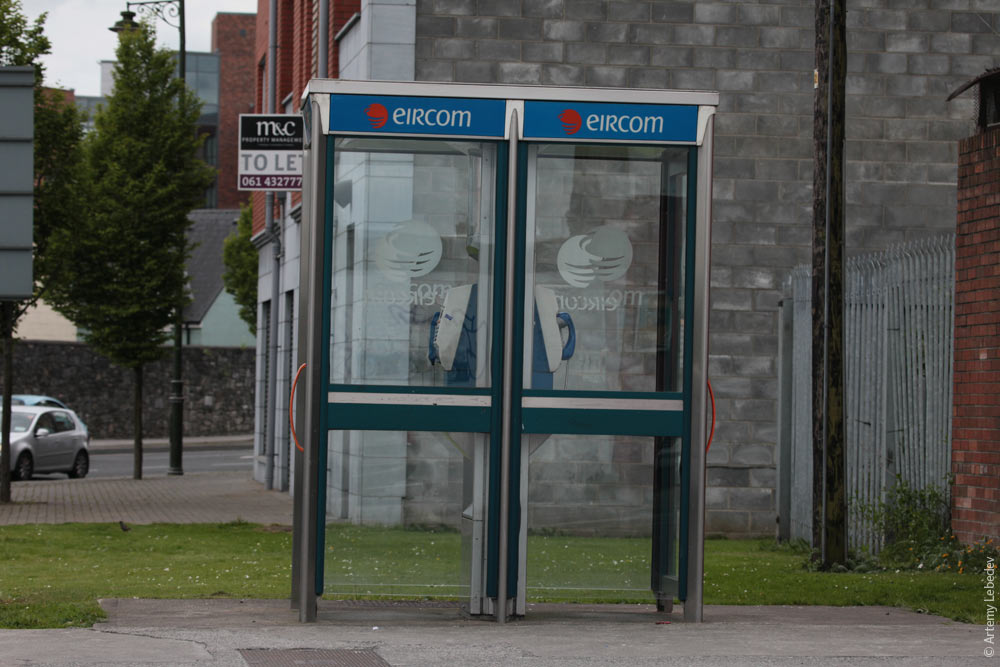 The doors of power boxes have special anti-poster diagonal ridges. 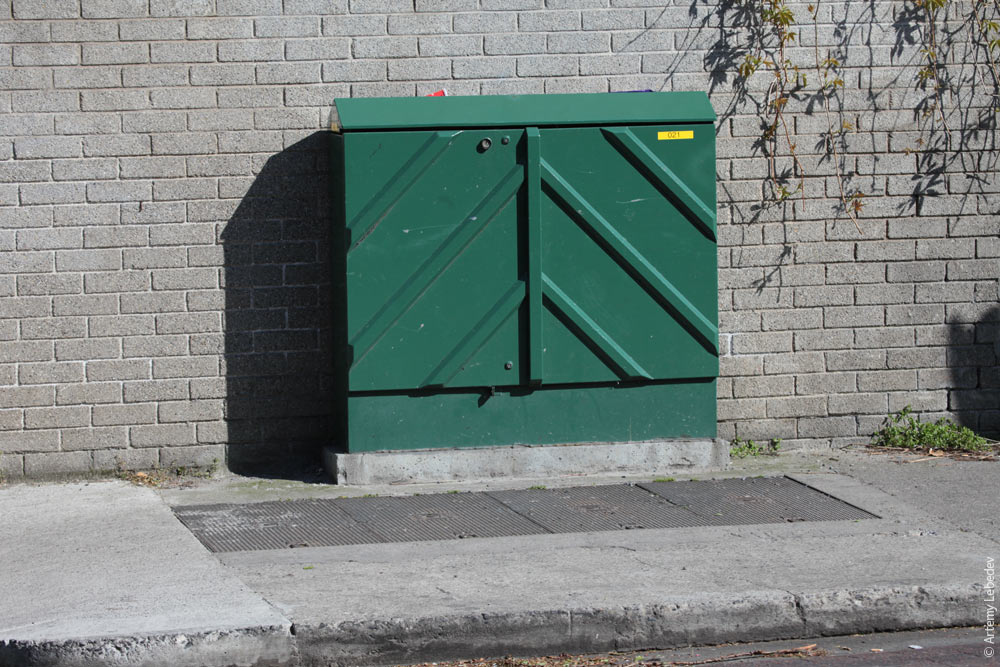 DublinMapUnnecessary details mimic the surface on which they grow. 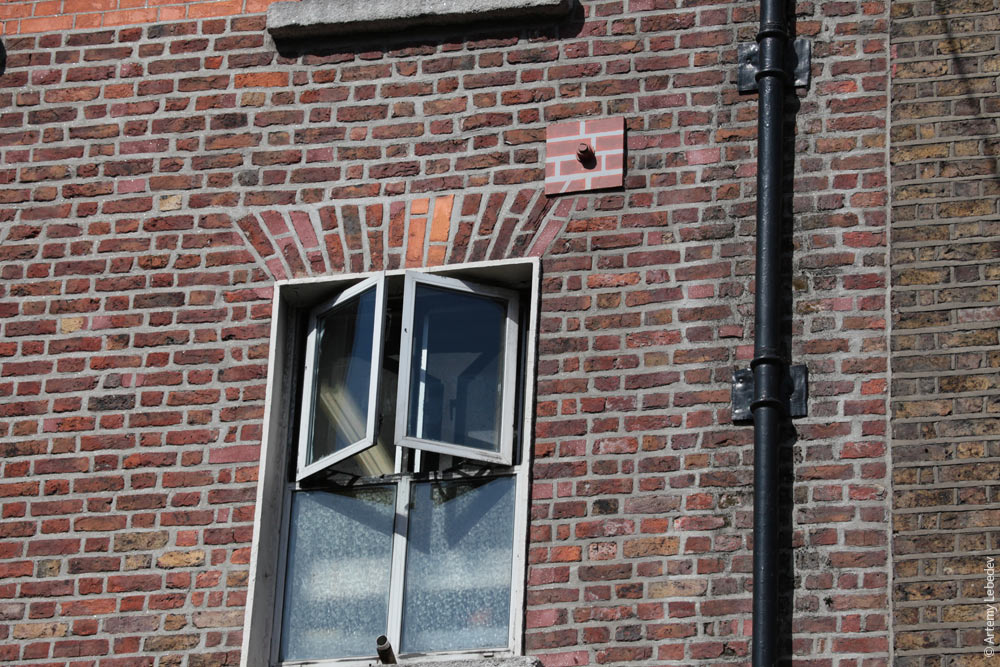 These are cellular network cells. Usually they’re simply white (like in Khasavyurt). 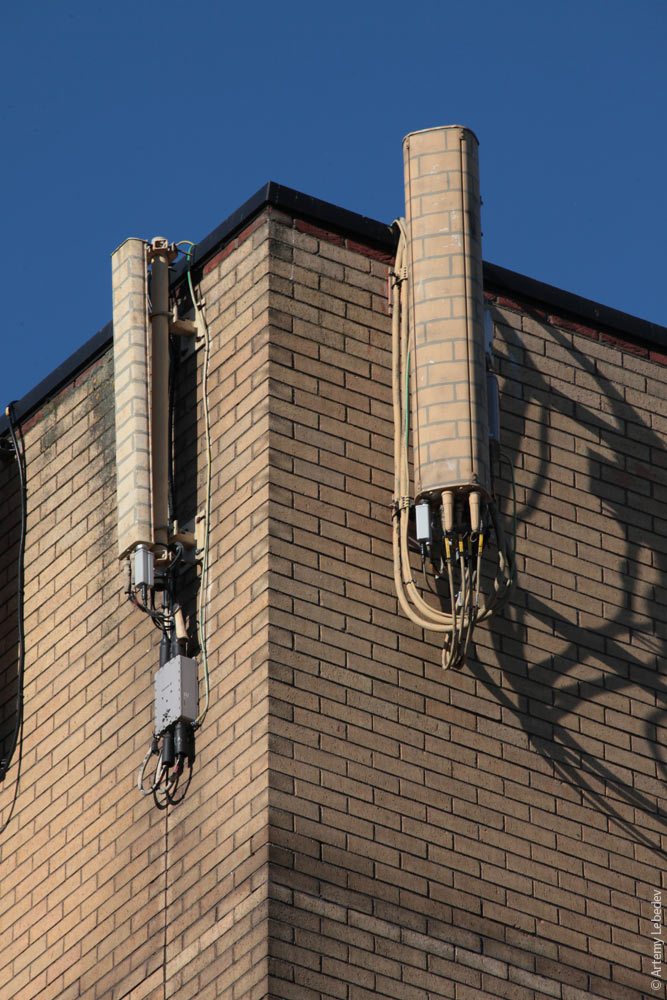 The main distinctive characteristic of Dublin is that there’s a wooden pole in the middle of every residential block, with power lines radiating from it in all directions. It’s as if nothing has changed since the beginning of the 20th century. 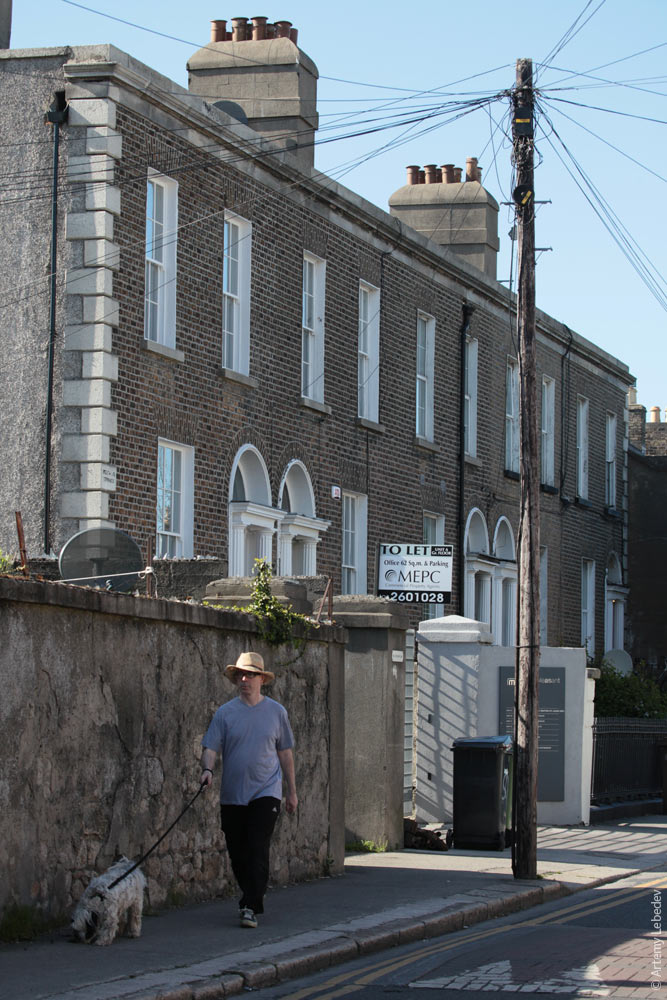 A bus stop. 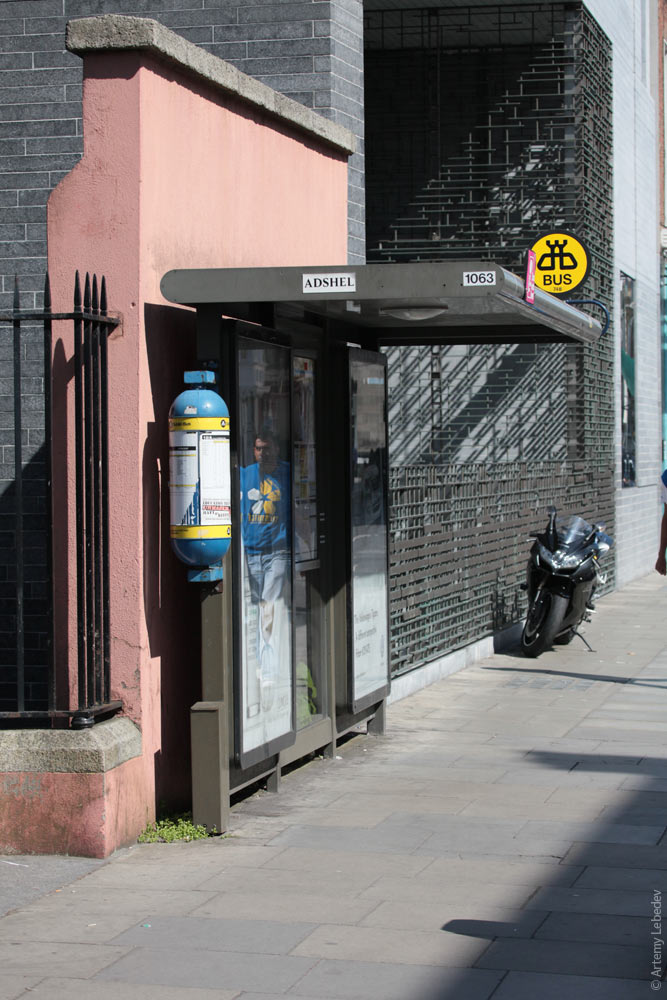 It’s clear what type of buses stop here. 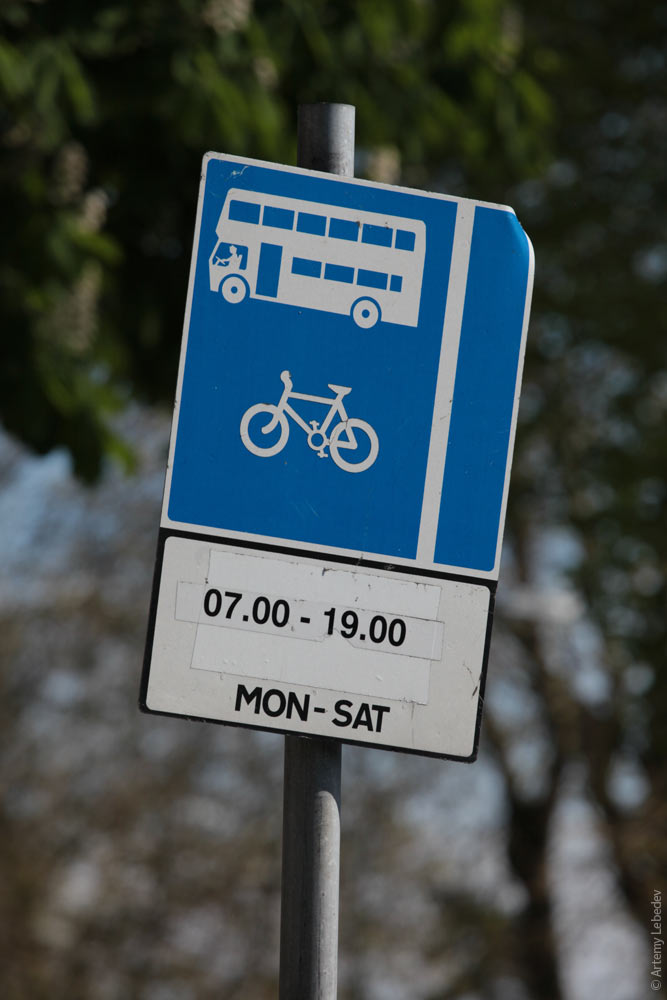 A municipal trash can, found city-wide. 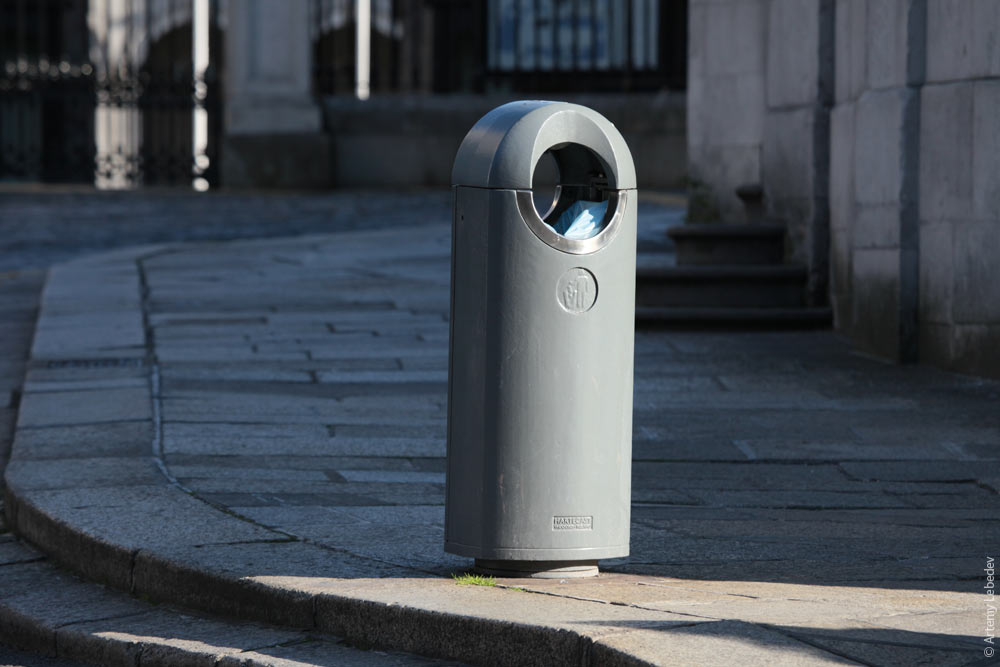 A trash can of a specific district. 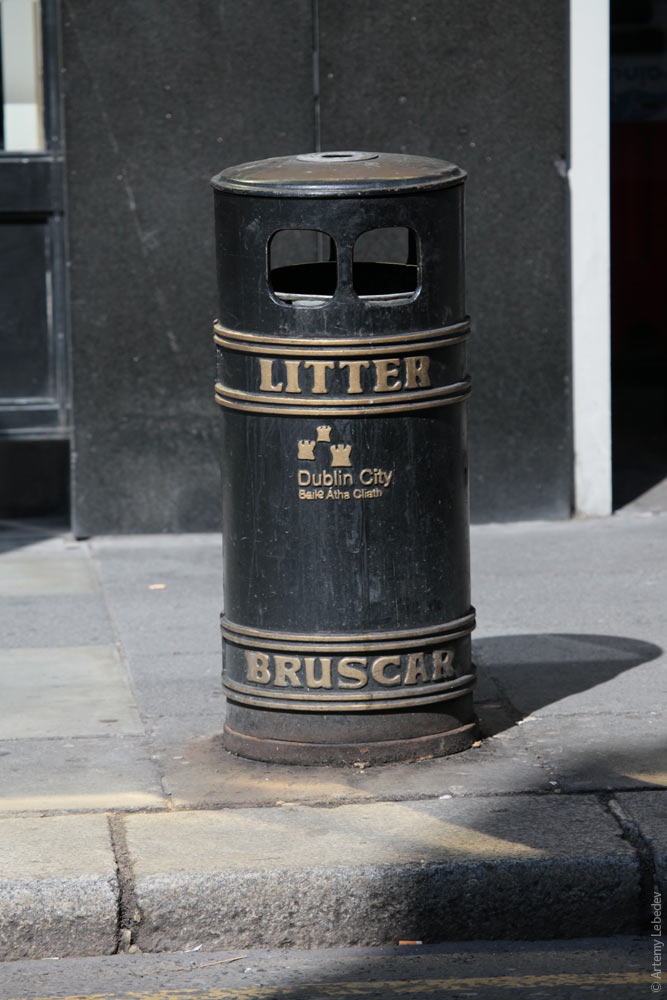 A traffic light of the old variety. For some reason, none of the pedestrian lights have visors. 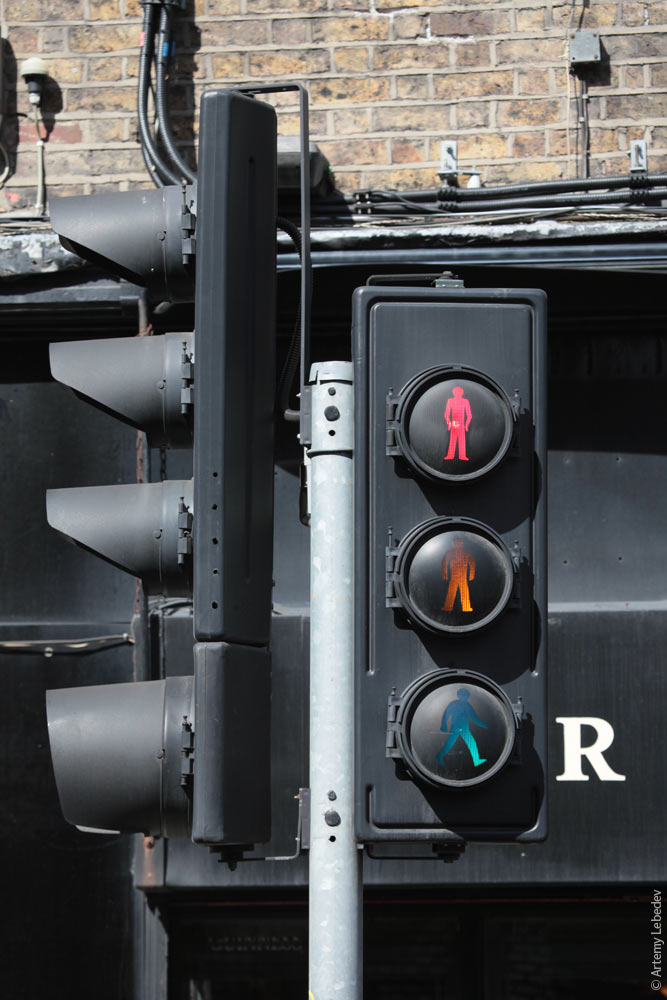 New traffic lights. The same discrimination against pedestrian lights in the visor department. 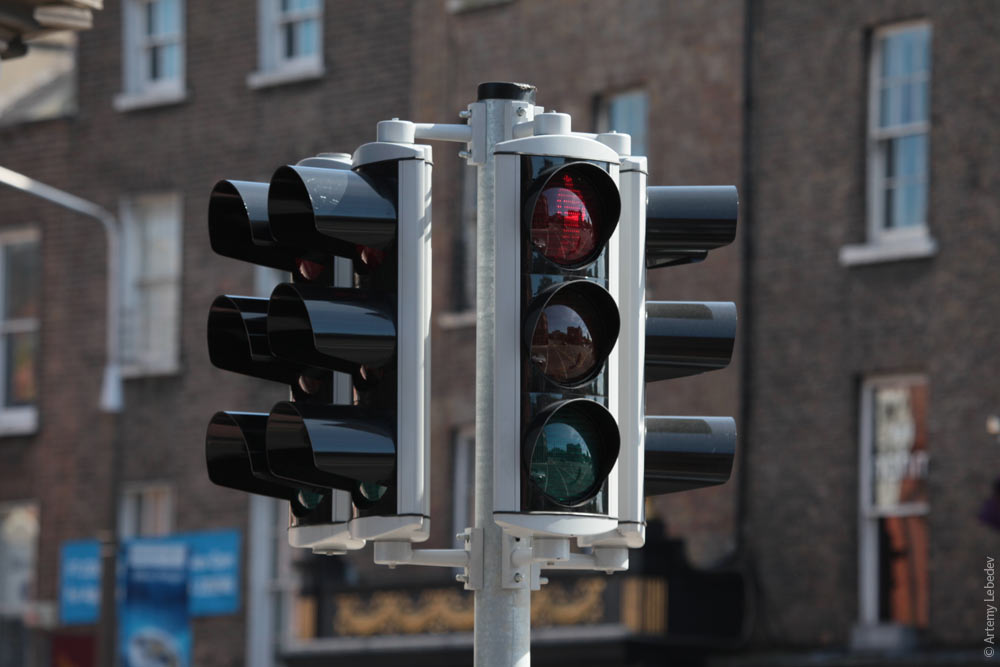 It’s not bad here. 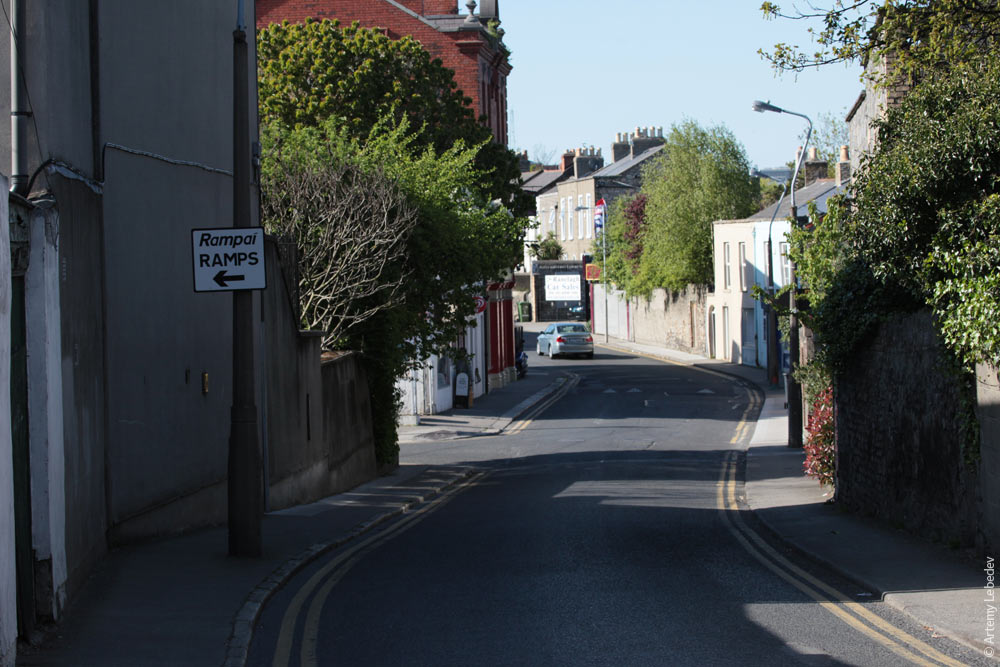 Ireland is located in a peculiar currency and visa zone. On the one hand, the euro is the official currency here. On the other hand, half the island (Northern Ireland) belongs to Great Britain. And the British have no intention of adopting the euro and signing the Schengen Agreement. Therefore, in order to get into Ireland, you need to obtain a separate visa. Which won’t get you into Great Britain or the rest of Europe. Nonetheless, if you drive to the north of the island, you won’t encounter any sort of border. Only kilometers suddenly change to miles on the road signs at some point. This means we’re in Britain. Speed kills, kills, kills. 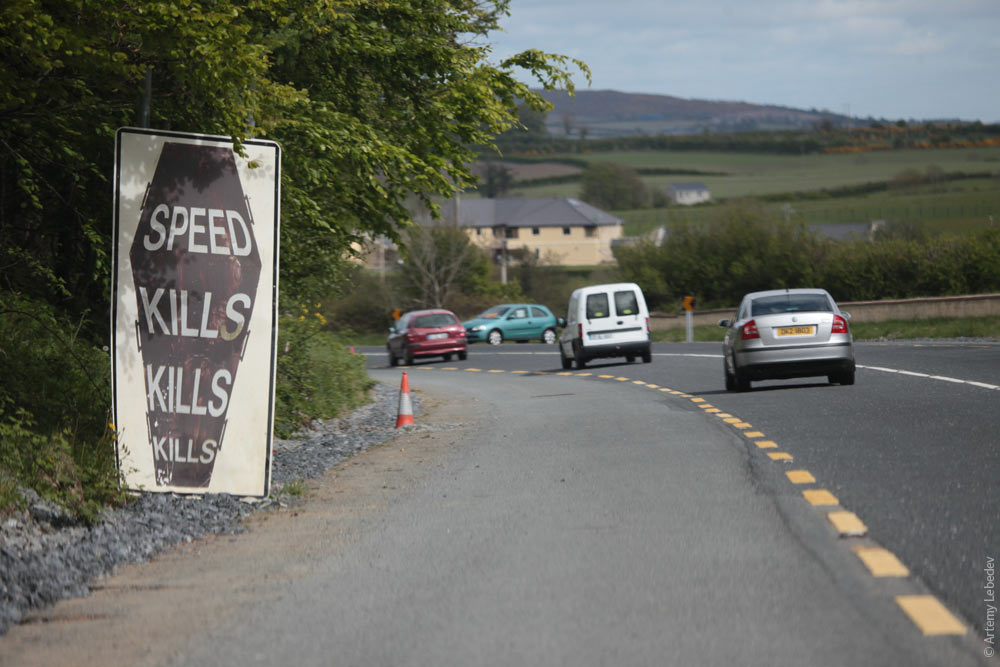 A black spot.  Most Irish people live in rows of suburban houses like these: 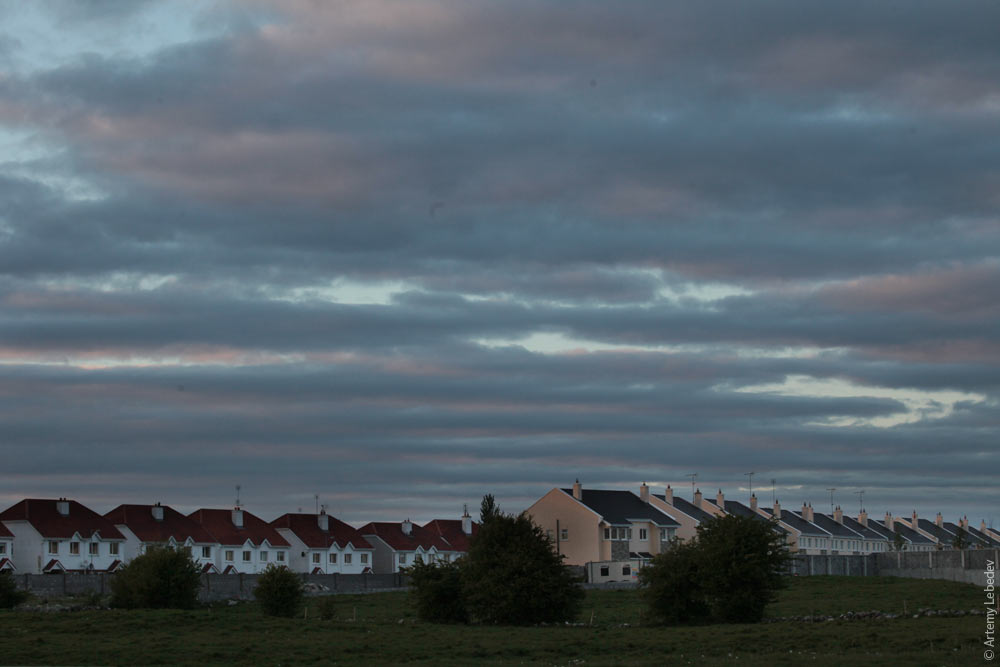 Almost all the intersections in the country are roundabouts. Every roundabout has its own name. 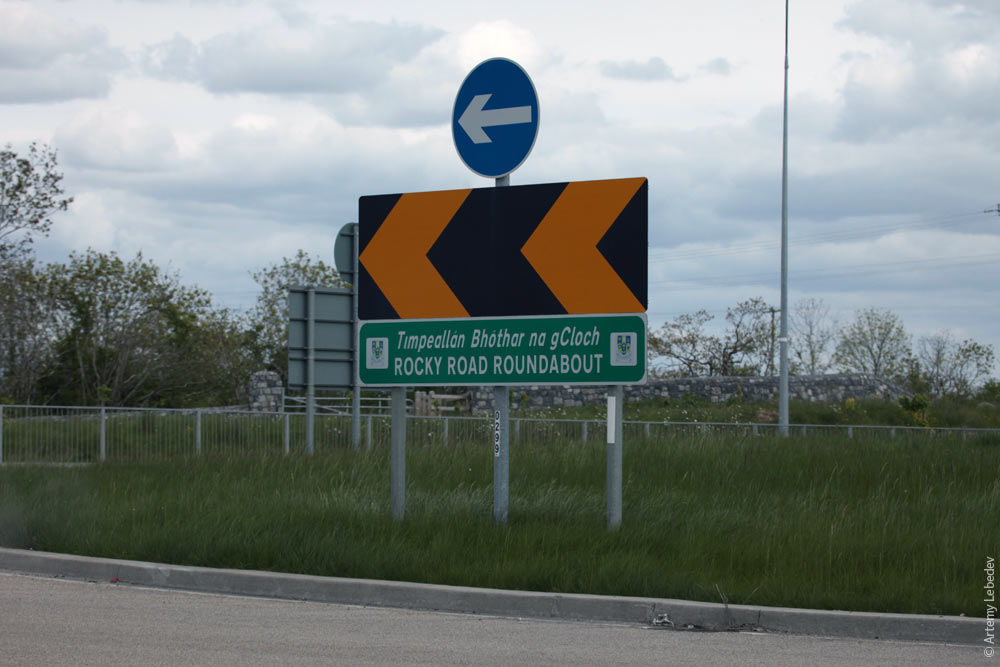 Road signs sometimes contain parentheses, which indicate that the location in question will be reached not by following the current route directly, but as a result of routes merging or forking. A similar system is also widely used in Great Britain. 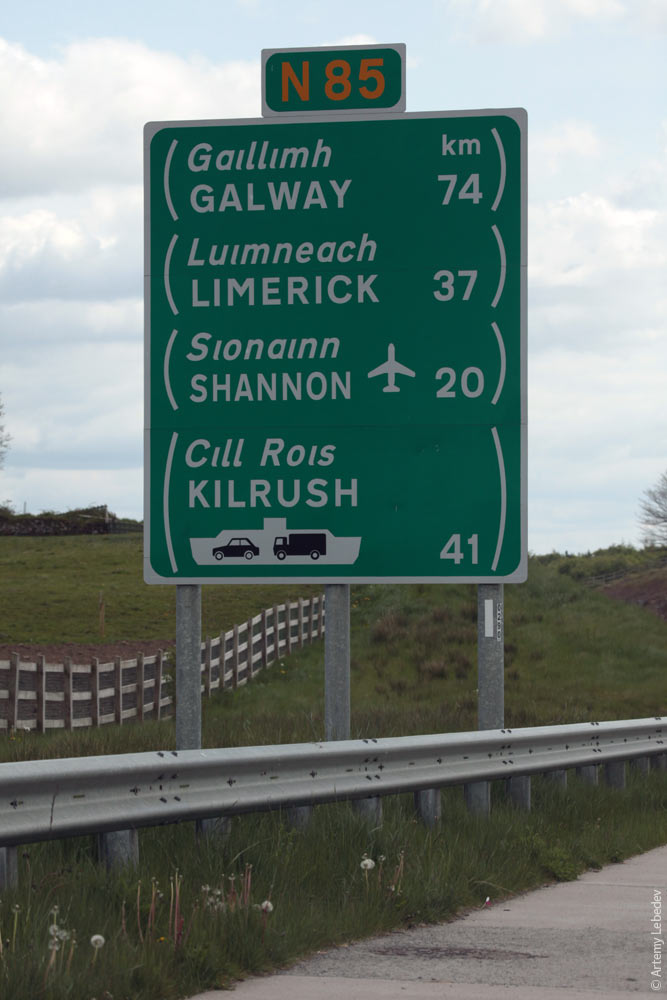 TubbercurryMapA typical small town. Someone’s funeral procession was taking place in the street. 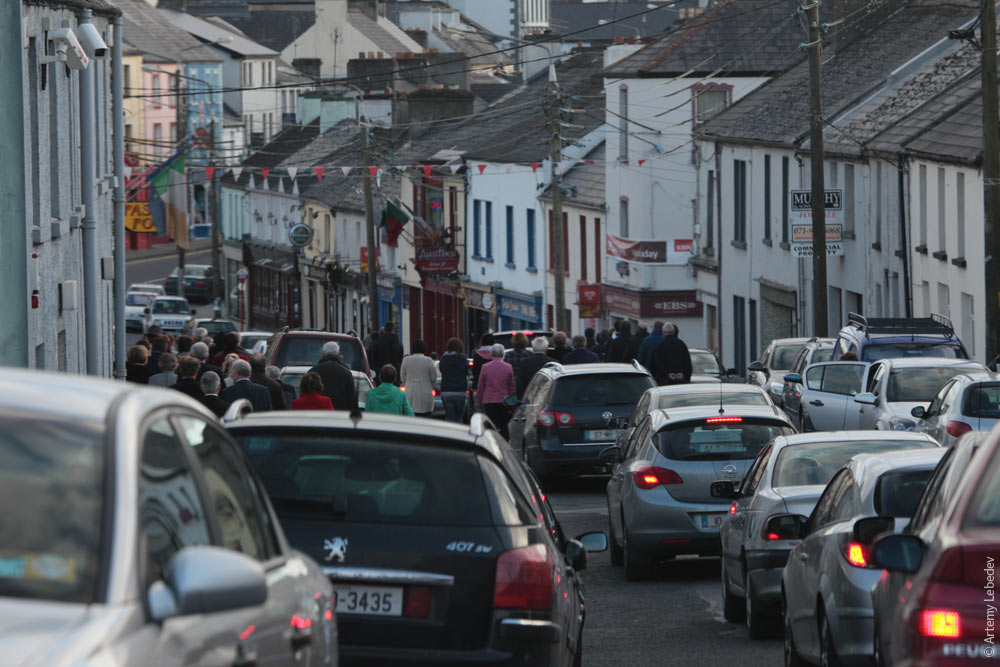 LahinchMapA little town with two little hotels and three little restaurants. 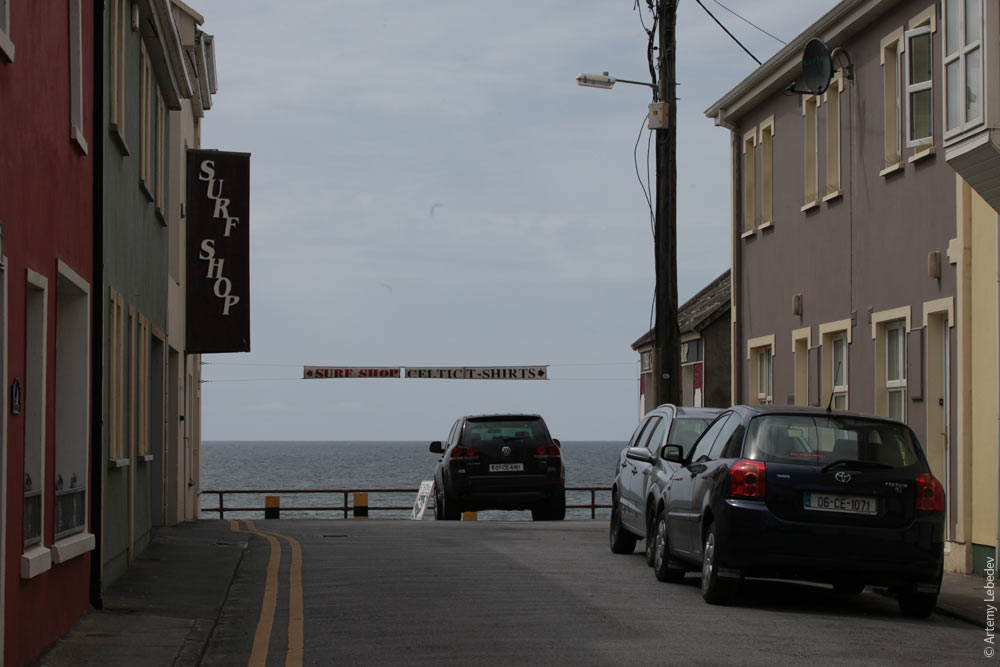 This is where the famous Cliffs of Moher are located—they’re these overhangs with views of the ocean in the middle of farm fields. 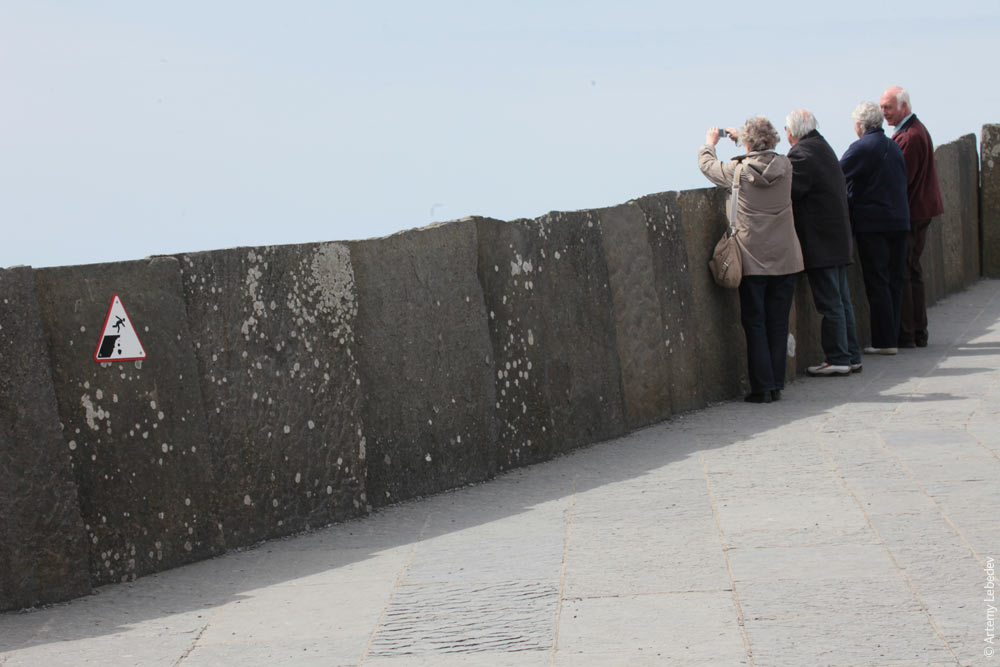 Jim was here. 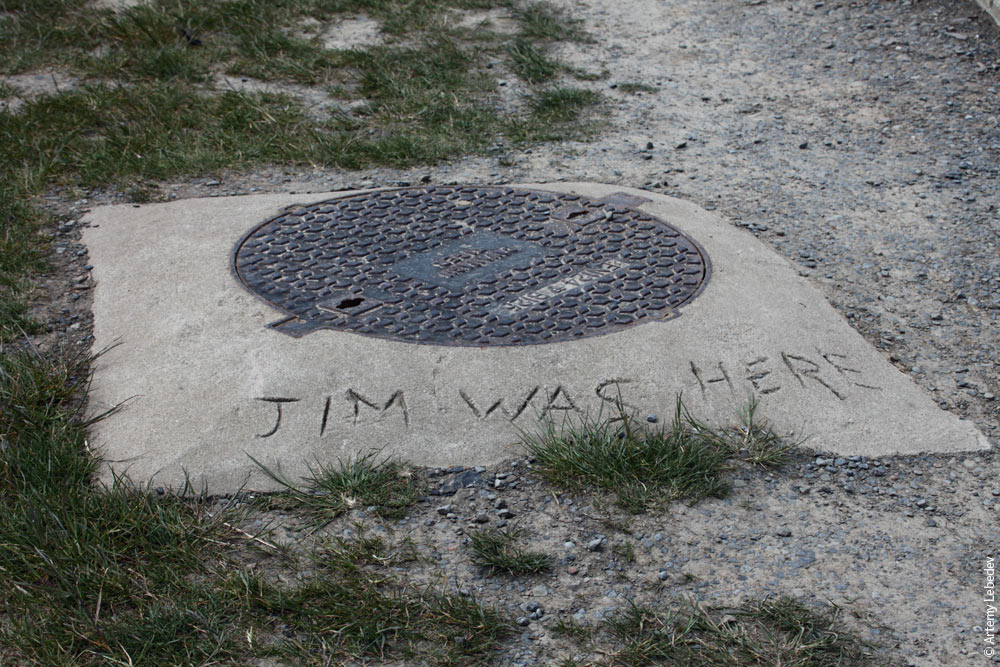 EnnistymonMapAnother micro-town. 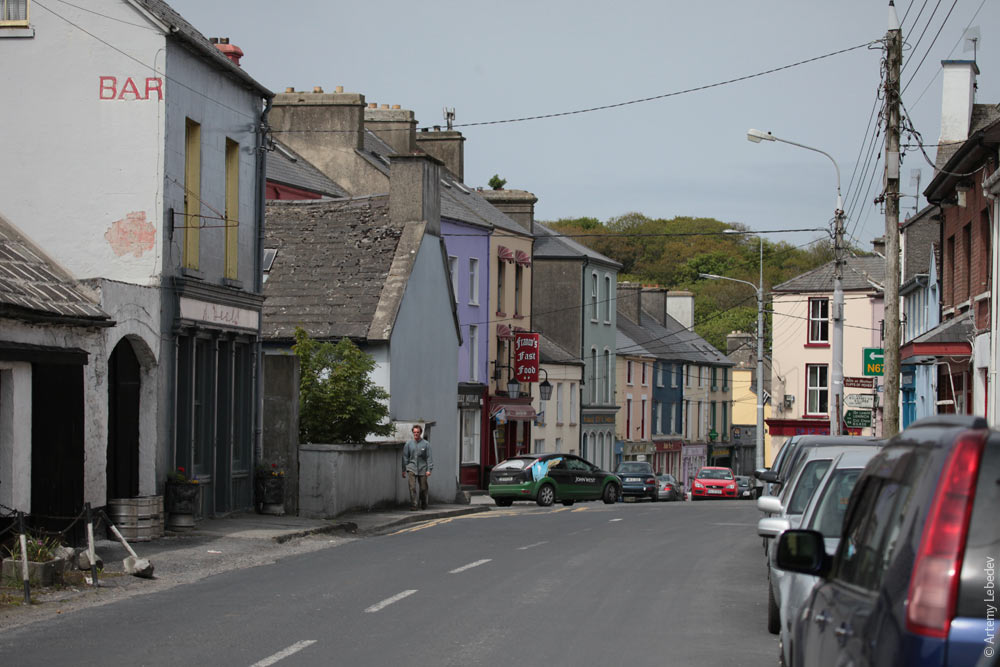 With a bakery that could be an exhibit in the Old Tailem Town ethnographic museum in Australia.  LimerickMapA characteristically local pedestrian. 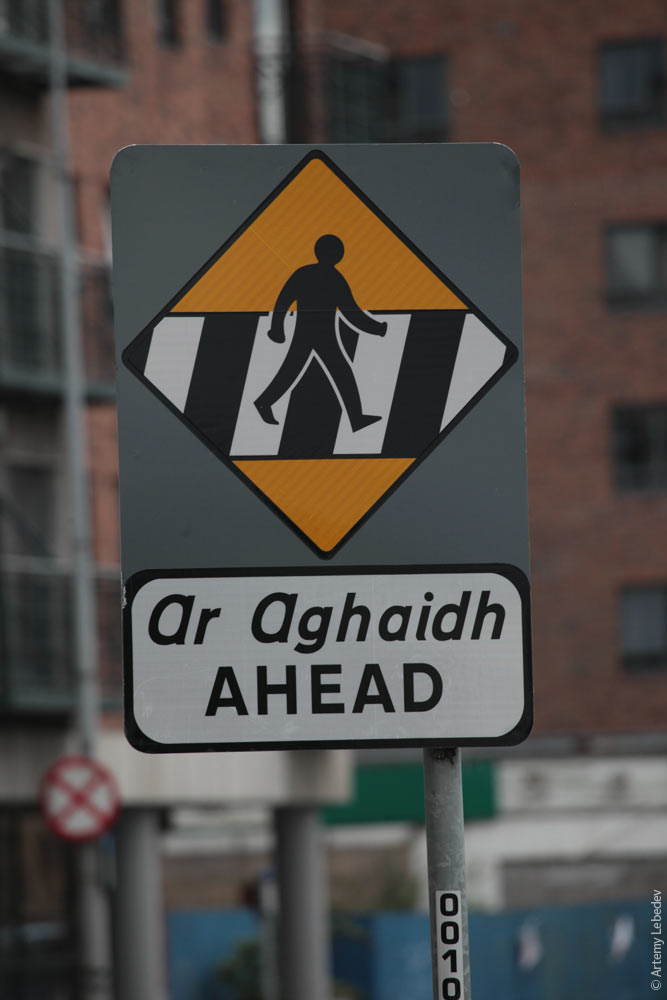 Limerick is pleasant. 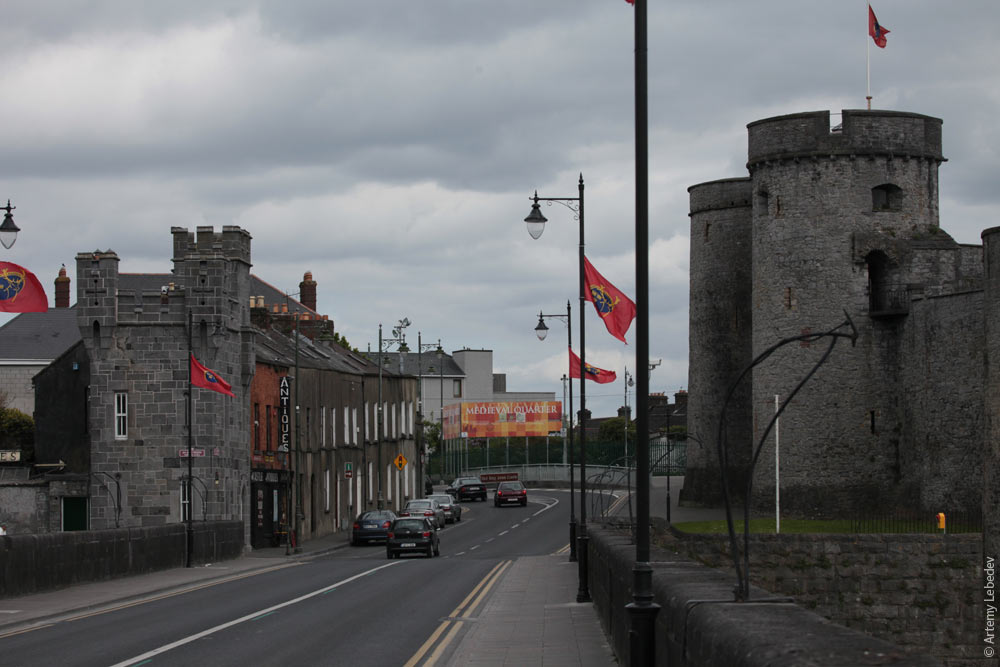 CorkMapAlso a pleasant town. 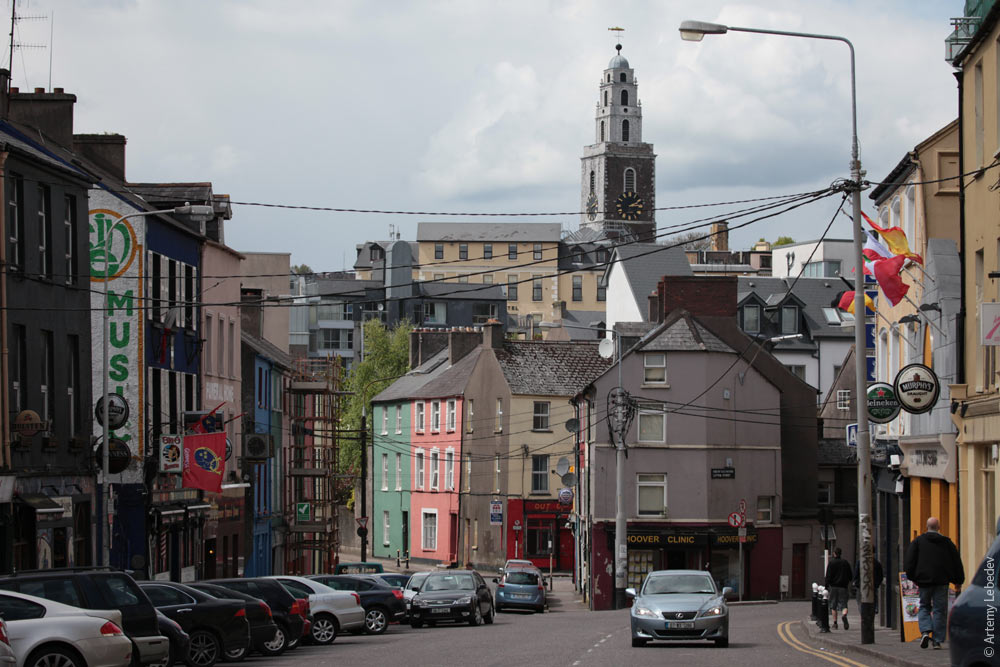 A distinctive local feature: the peculiar shape of the bottom part of the lamp posts. 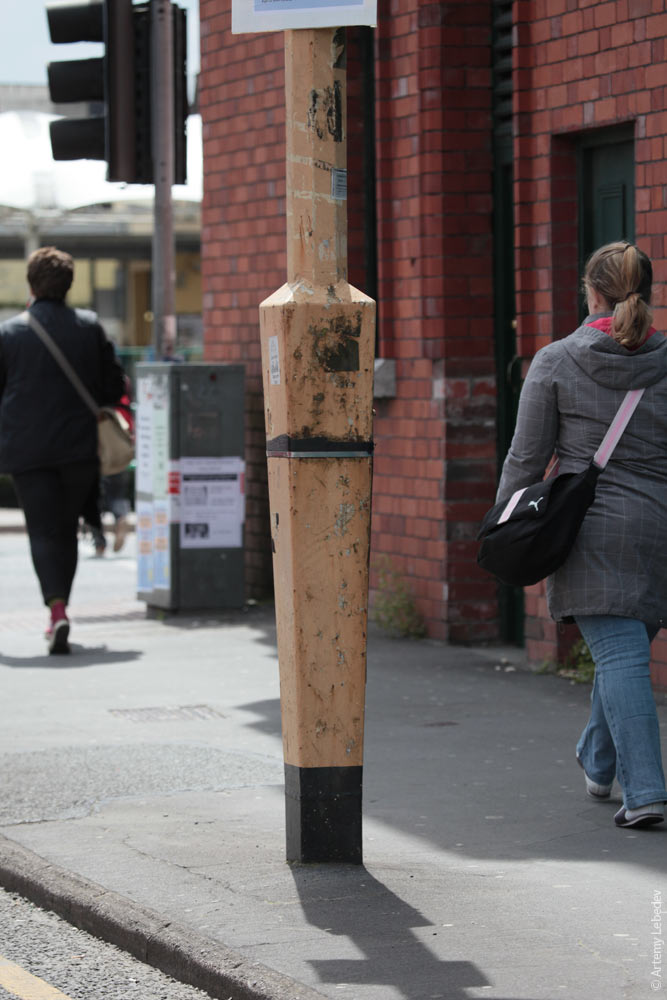 The traffic light is out of order. 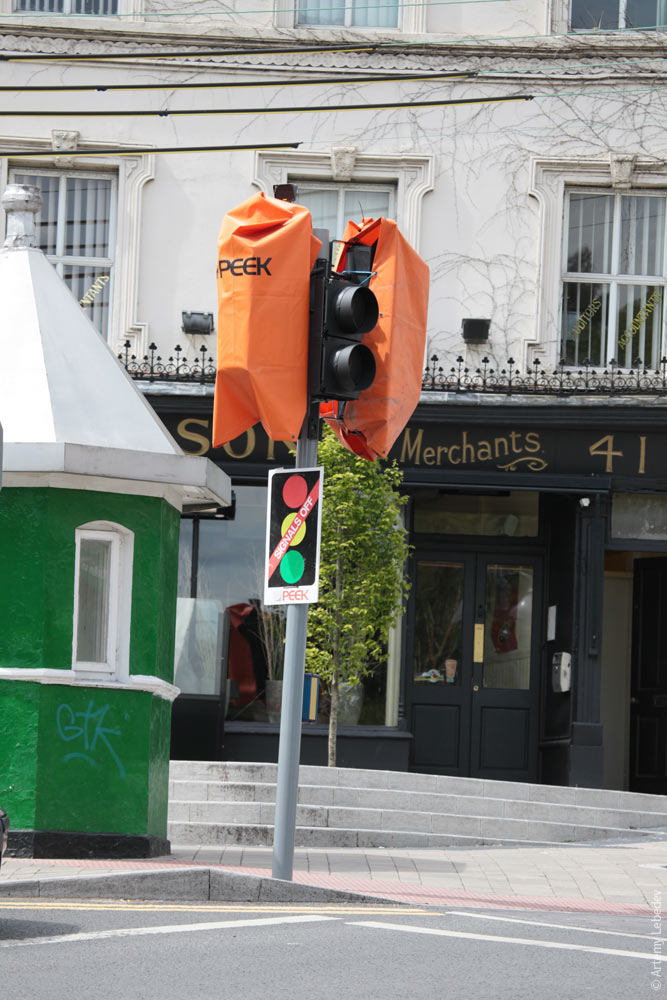 No parking to the right; parking is permitted to the left, but only if you have a parking disc on your windshield. I’ll never get used to permissive signs with red on them (I experience the same sort of brain spasms in Argentina). 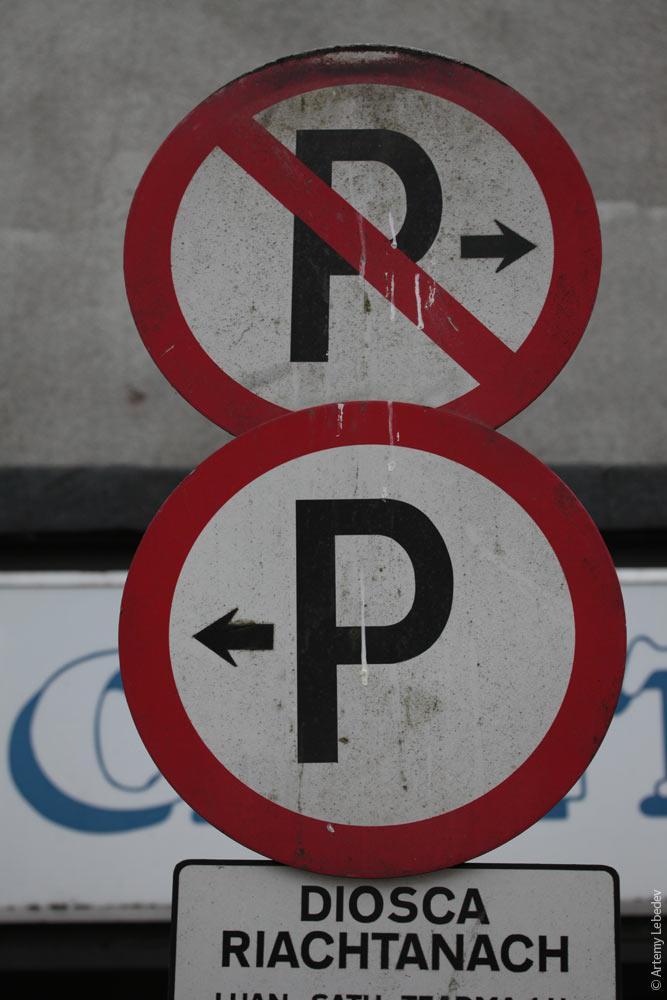 A parking disc is a special card that costs two euros. You use a coin to scratch off the year, month, day, hour and five-minute interval in which you’re leaving your car under the sign (compare to Zimbabwe, where the disc shape is still retained in the card’s design). 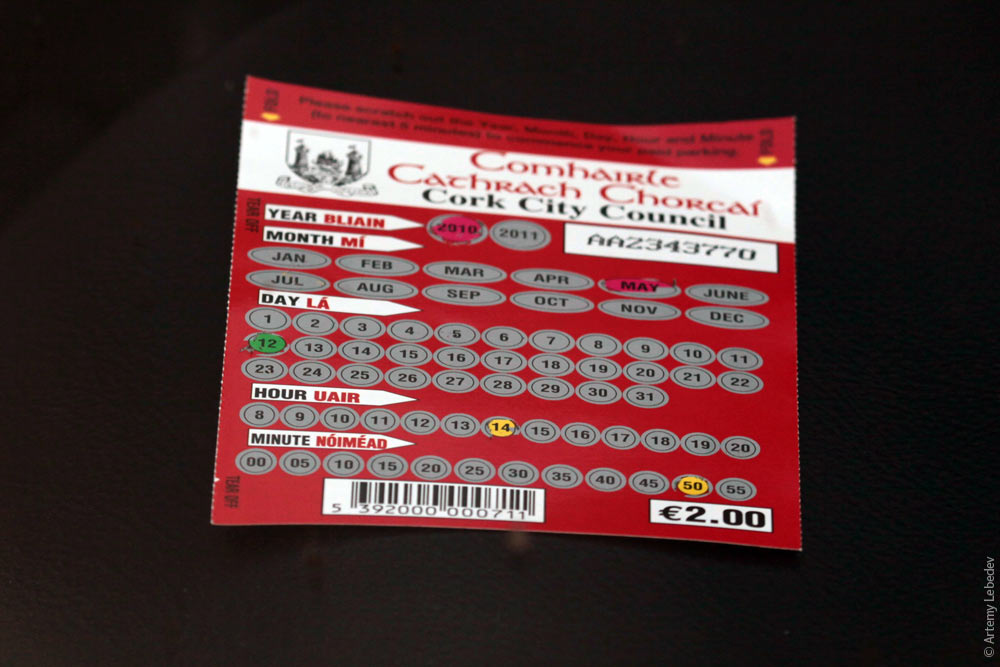 In general, all of Ireland looks sort of like this: 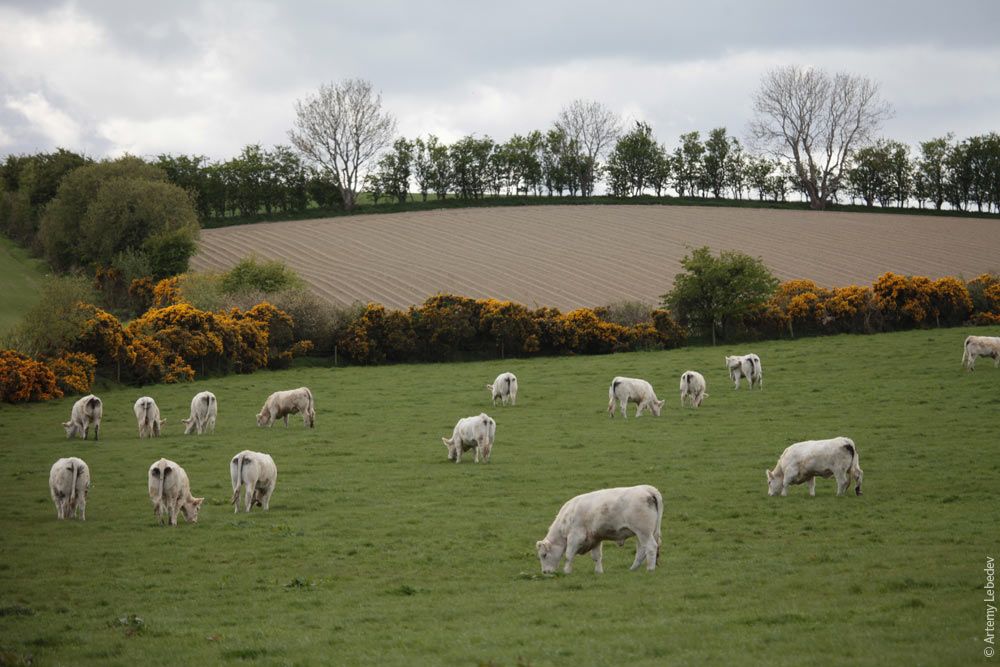 It’s hard not to love. |